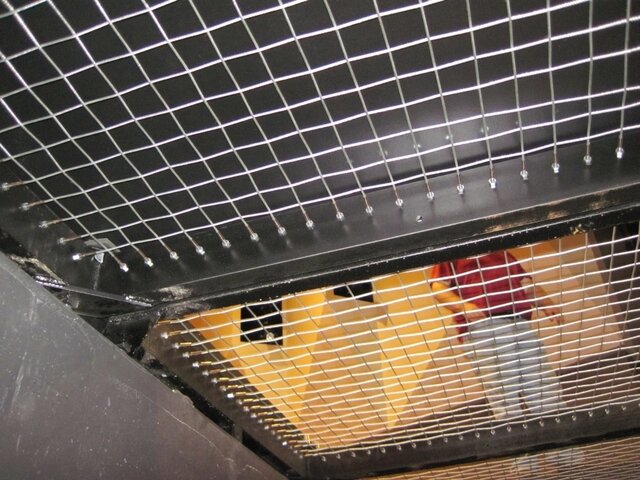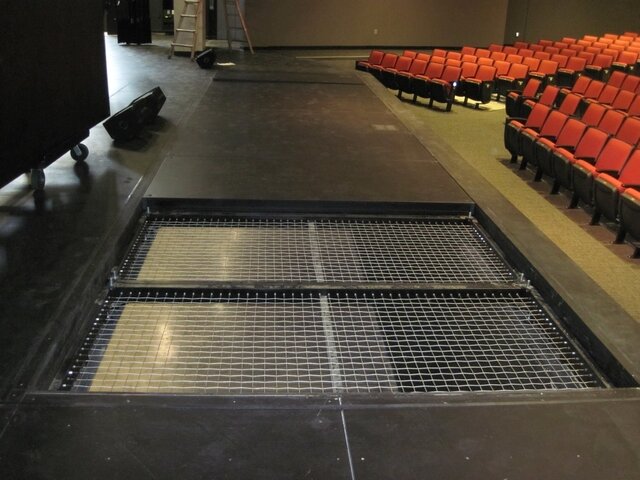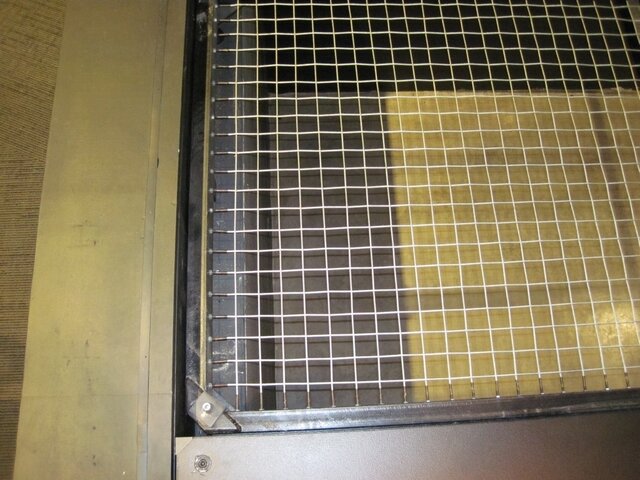BillConnerFASTC
Well-Known Member
Just came back from a final check out of a project of mine and thought some might be interested in the pit filler. These TWGs are SECOA - 4x8 with a cross bar - but I think InterAmerica will do 8X8 without cross bars. Overall, both work.











